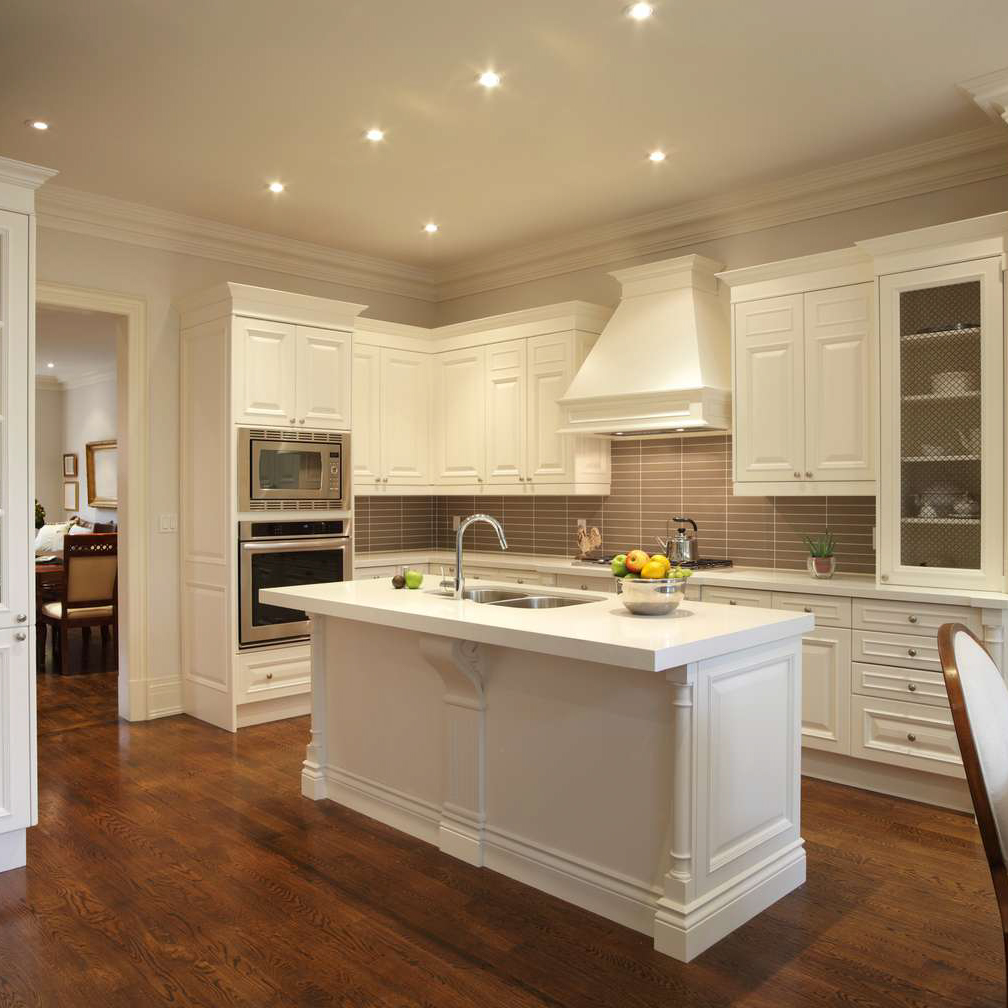
Light Combination Colors: A Guide to Harmonious Color Schemes
Color plays a vital role in our lives, it evokes emotions, sets moods, and adds beauty to art and design. For designers, choosing the right combination of colors is essential for creating successful designs. This article will focus on light combination colors and how to create harmonious color schemes that will enhance any design project.
Understanding Light Combination Colors
Light combination colors refer to adding white to a hue. This process increases the lightness of the color, making it brighter and less saturated. For example, adding white to red creates pink. Other examples of light combination colors include sky blue, light green, and pastel yellow.
The Meaning of Light Combination Colors
Each light combination color has its own meaning and symbolism. Light blue can create a feeling of calmness and relaxation, while light yellow can represent positivity and cheerfulness. Light pink can evoke romance and femininity, and light green can convey growth and renewal. It is important to consider the meaning behind each light combination color when choosing them for your designs.
Creating Harmonious Color Schemes with Light Combination Colors
Creating a harmonious color scheme with light combination colors requires understanding color theory and the relationships between colors. There are three main types of color schemes: monochromatic, complementary, and analogous.
Monochromatic Color Schemes
A monochromatic color scheme involves using different shades and tints of one color. When creating a monochromatic color scheme with light combination colors, start by choosing a light color and then using its shades and tints to add depth and interest. For example, a monochromatic palette of light blue could include baby blue, sky blue, and periwinkle.
Complementary Color Schemes
A complementary color scheme involves using two colors that are opposite each other on the color wheel. When using light combination colors, it is important to choose complementary colors that are both light in tone. For example, a complementary color scheme could include pale pink and mint green or sky blue and peach.
Analogous Color Schemes
An analogous color scheme involves using colors that are next to each other on the color wheel. When creating an analogous color scheme with light combination colors, choose colors that are similar in lightness and saturation. For example, an analogous color scheme could include pastel yellow, light green, and baby blue.
Using Light Combination Colors in Design
Once you have chosen a harmonious color scheme with light combination colors, it is time to incorporate them into your design. The key to successfully using light colors is to balance them with darker colors and neutrals. This will create a sense of contrast and make the light colors more impactful.
Adding Light Combination Colors to Logos
Light combination colors are a great option for logos as they can be combined in different ways to create unique and distinctive designs. When using light colors in a logo, pair them with dark and neutral colors to create a sense of balance.
Using Light Combination Colors in Web Design
When using light combination colors in web design, it is important to use them strategically to create contrast and impact. Use light colors for backgrounds and accents, and pair them with darker colors for text and headings.
Light combination colors are a versatile and beautiful option for any design project. By understanding color theory and the relationships between colors, designers can create harmonious color schemes that will enhance their designs. Whether it’s logos or web design, light colors can add a touch of softness and elegance that will make any design stand out.
